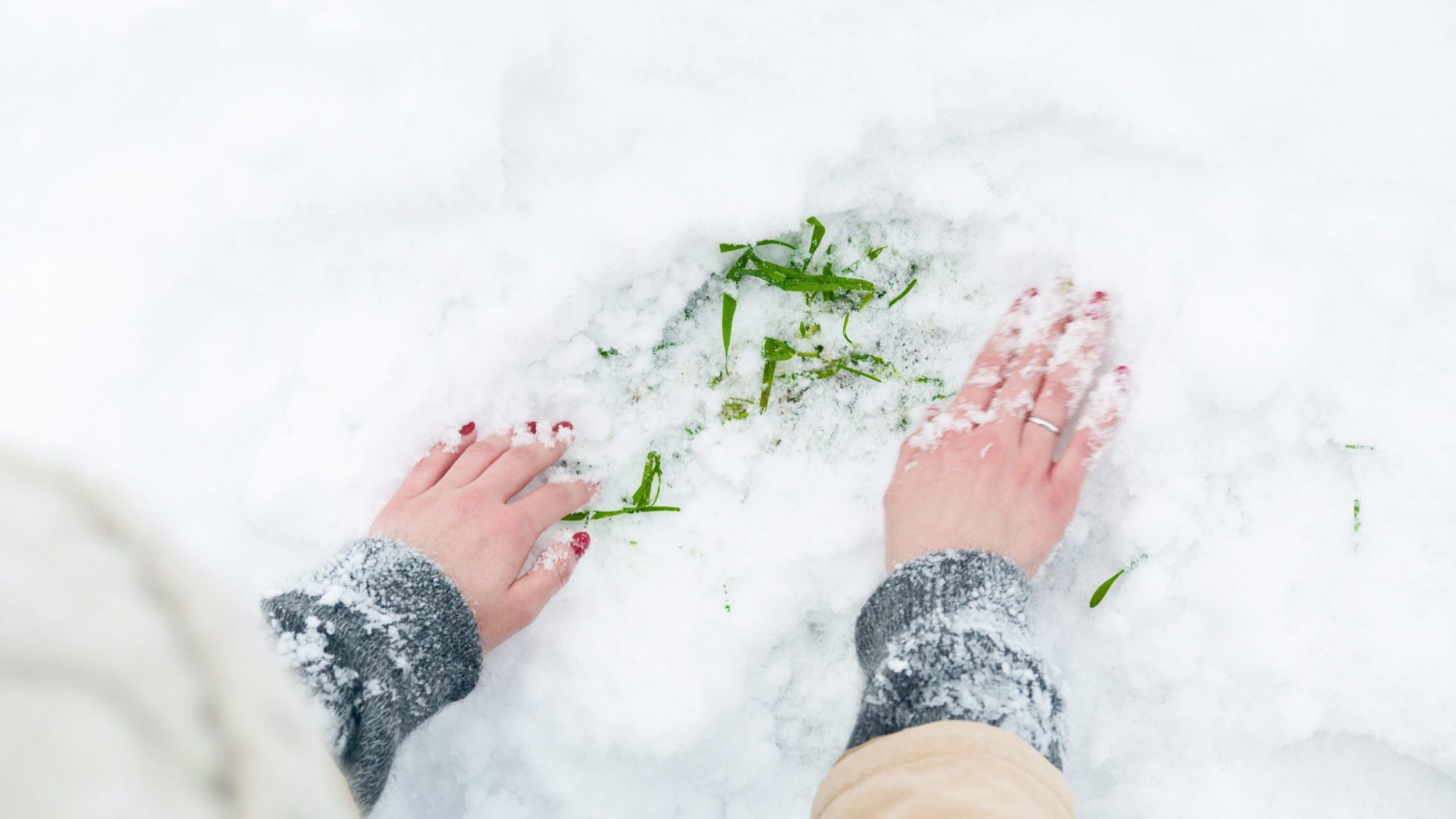5 Promising Ways to Take Care of Your Plants During Winter

The Winter season is coming up!
No wonder, the most gruesome season for most of the plants. Cold weather led to unexpected drops in temperatures more often causes plants to die, decreases enzyme pursuit that obstructs plant nutrient intake, changes in the fluidity of cellular membranes, and so on. Not just it has ill effects, it can let the plants in vain or even dead.
Although the winter has its various forms, it can be heavy snow, the massive pool of ice, cold wind chill, frostbite cold, etc. Whatsoever be the season when you have plants around you, it’s bliss for sure.
Do you want to know a secret?
Well, all you need is to know about knowing the art of taking care of your plants and how to keep them alive, especially during the winter season. Prompt routine with consistency and regular follow up is much needed.
What you need to know:
1. Spark of Light
The ultimate sparkling source is light. Not just humans, our plants need light equally to survive. In the winter season, it has lesser effects than usual. The light level gets decreased or really dim on some days because the sun can be hardly visible. Even in some cases, it is possible your house could be at a place where light could barely come.
Make sure to shift your plant to the different zones where the light is brightest. Take your plant nearby the window zone. Properly wash or spray on your plants with a pinch of water thoroughly to make it neat and clean. Cleaner the leaves, the plant is beneficial for making optimum uses of light. Several artificial ways are out there that can help in artificial lighting like fluorescent lights, LED lights, Incandescent lights, Halogen lights, Horticulture grow lights, etc. You need to set the right positions of artificial lights.
2. Bliss of Water
Plants need bliss of water, but in winters, excessive watering can cause them to suffer severely. You need to understand when the plant needs water. Keep a check on the soil surface along with that go down some inches of the soil and see if it is dry that plant needs to be watered on the spot.
Another problem is during winters; the air gets dry. People more often do steps to keep the zone humidify to maintain the moisture in the air. If your plant is indoor and it is placed in the humidified area, more often, you don’t certainly need to water them. You can check whether the plant has enough water or not. When you pick up a pot that feels lighter in weight, it probably means the soil is dry and needs water. A heavy pot means the soil is moist enough and probably does not needs water.
Although some plants frequently need moist soil like Siberian Iris, ferns, Potted citrus, etc. Make sure to research properly about whatsoever plants you have and how much moisture it requires in winters.
3. Keep an eye on Temperature
Plenty of plants are there, mostly household plants that more often comes from tropical regions. Furthermore, the ideal temperatures for tropical plants are between 65-75 degrees Fahrenheit, and anything under 50 degrees can begin to cause issues.
It is brilliant to try not to keep plants close to warm sources or cold draft zones. Drafty regions should be evaded with fragile tropical plants. Do not put your plants too closer to the outside window. In many cold zones, if windows ice, for the time being, move plants from windows at nightfall. You can likewise slip a weighty shade or other protecting material among plants and glass.
4. Prune a Plant
Pruning a plant depends on the type of plant you have. Plants like Deciduous shrubs, Grapevines, etc., are the plants that need pruning. Plants like Tiny Wine Ninebark, Superstar Spirea, etc., don’t require pruning.
Pick plants that need pruning during winters. Removal of unnecessary plant parts is much needed to embrace branching and bushiness.
5. Repot a Plant
Repotting a plant means changing the plant-soil or potting mix. When the plant is spiraling around the root ball, a plant whose roots are already growing out of the pot, it is the prompt time to repot your plant. Pruned woody plants that go torpid in winter relocate those preceding bud break in late-winter.
Summate!
There are plenty of plants that can easily survive winters like Coneflower (Echinacea), Lily of the Valley, Blue Spruce, Wintergreen Boxwood, Catmint, Coral Bells (Heuchera), Pansies, Winterberries, etc. On the other side, some plants need extensive care in winters.
Make sure you do proper research about the plants you have, then accordingly take a step ahead. When we have plants around us, it is pure bliss, but you need to take prompt care to maintain the plant’s soul-spirit. Follow the steps wisely to outshine your plants in winter.
Keep the spark of the plant alive this winter.
Have a happy and caring winter!